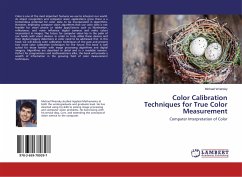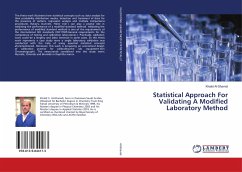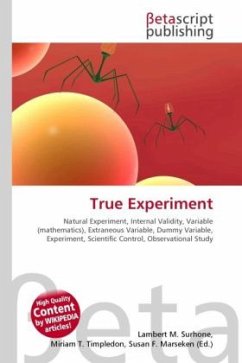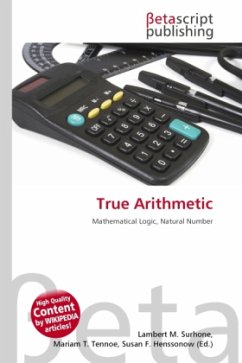
Color Calibration Techniques for True Color Measurement
Computer Interpretation of Color
Versandkostenfrei!
Versandfertig in 6-10 Tagen
27,99 €
inkl. MwSt.

PAYBACK Punkte
14 °P sammeln!
Color is one of the most important features we use to interpret our world. As object recognition and computer vision applications grow there is a tremendous potential for color data to be incorporated in algorithms. However, deploying computer vision algorithms that use color data is not feasible for smart phone or tablet apps.Factors such as illumination, reflectance, and noise influence digital cameras and make colors inconsistent in images. The future for computer vision lies in the palm of our hands with smart devices. In order to truly utilize these devices and their digital imagery disto...
Color is one of the most important features we use to interpret our world. As object recognition and computer vision applications grow there is a tremendous potential for color data to be incorporated in algorithms. However, deploying computer vision algorithms that use color data is not feasible for smart phone or tablet apps.Factors such as illumination, reflectance, and noise influence digital cameras and make colors inconsistent in images. The future for computer vision lies in the palm of our hands with smart devices. In order to truly utilize these devices and their digital imagery distortions in color need to be addressed first. In this book we will discuss color calibration techniques of the past and present two novel color calibration techniques for the future. This book is well suited for those familiar with image processing algorithms and digital imagery. Algorithms are described in detail and in a readable manner. Perfect for programmers and mathematicians alike, thisbook will provide a wealth of information in the growing field of color measurement techniques.












